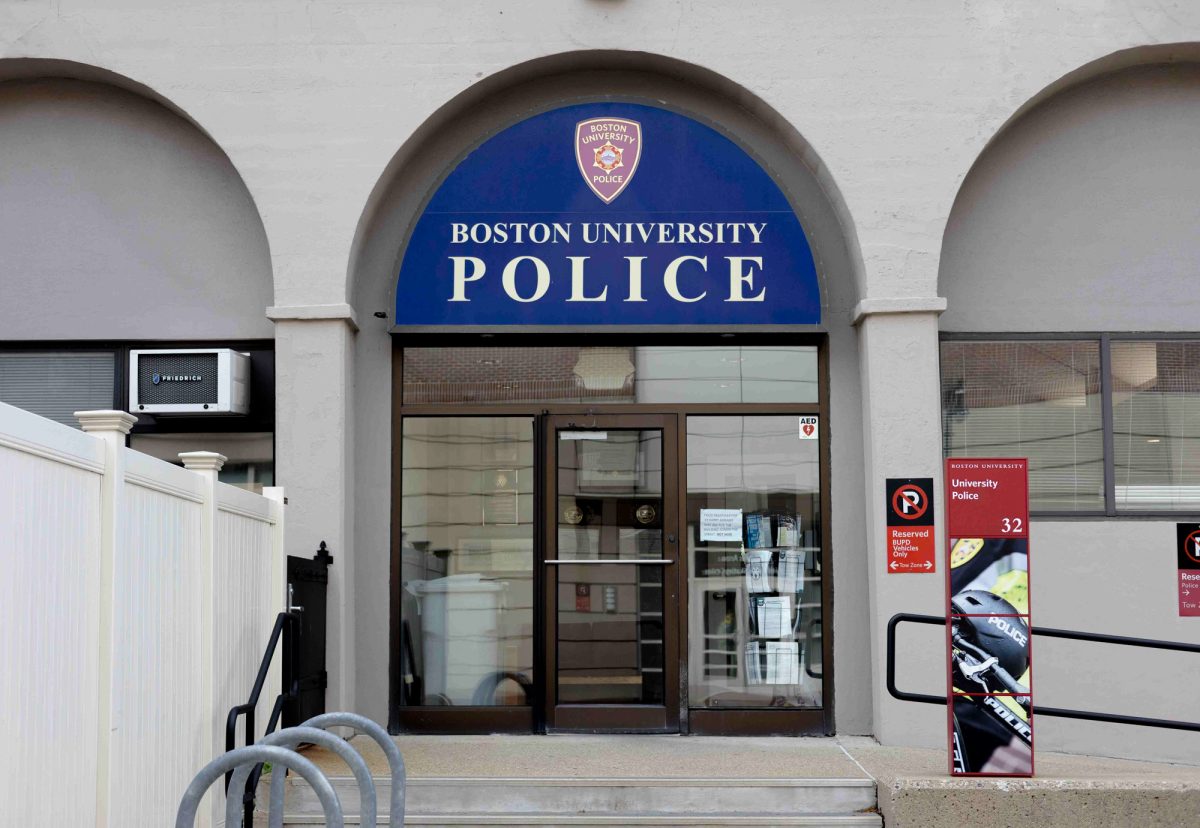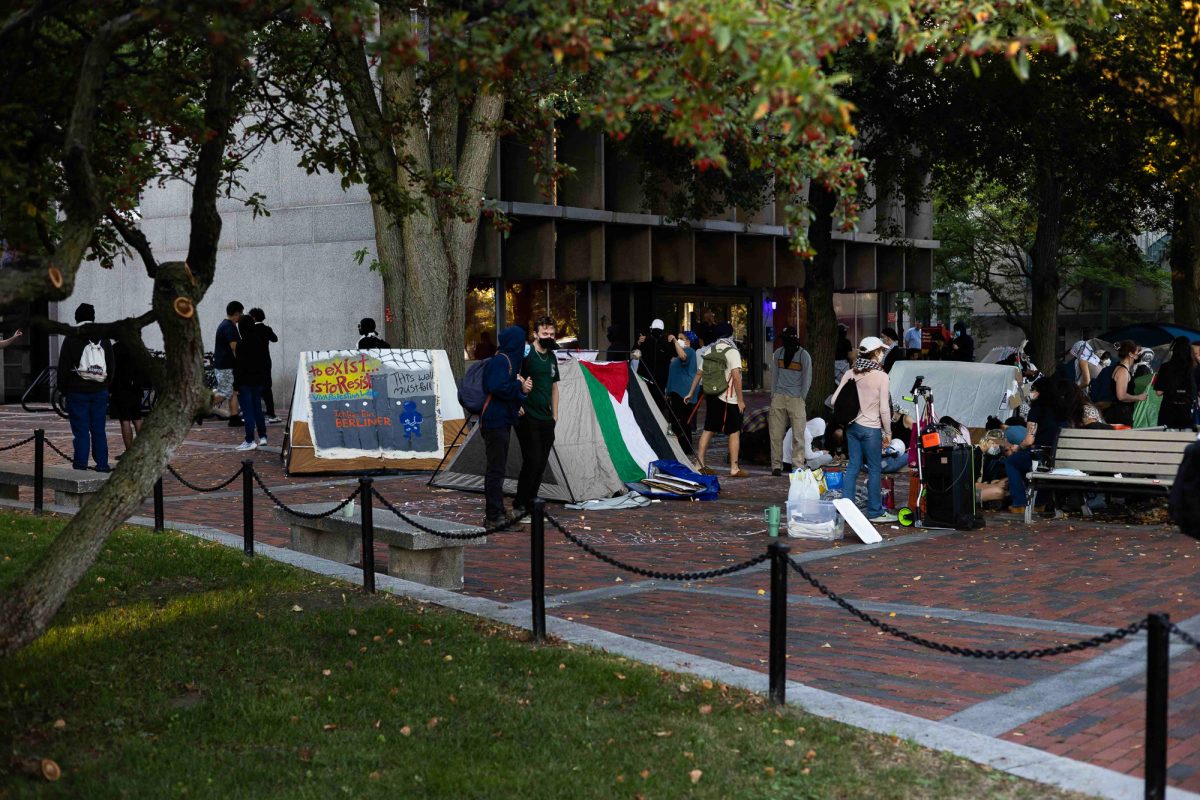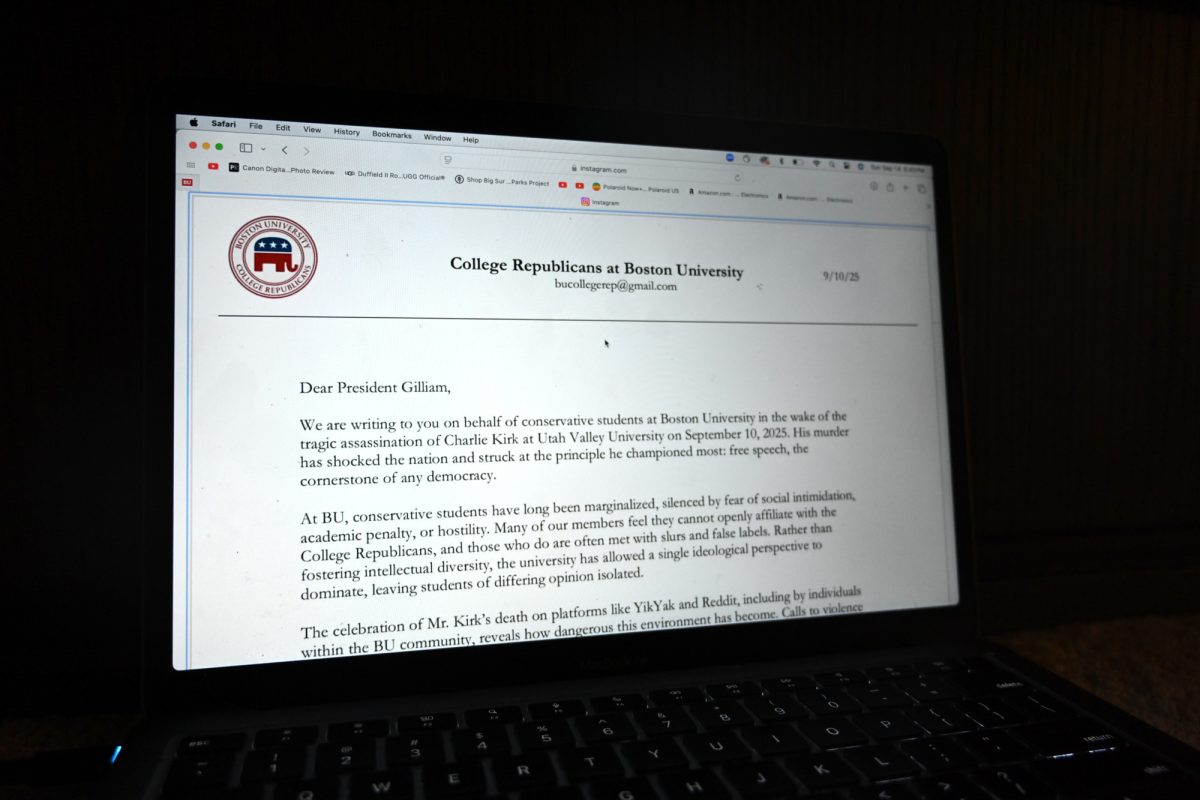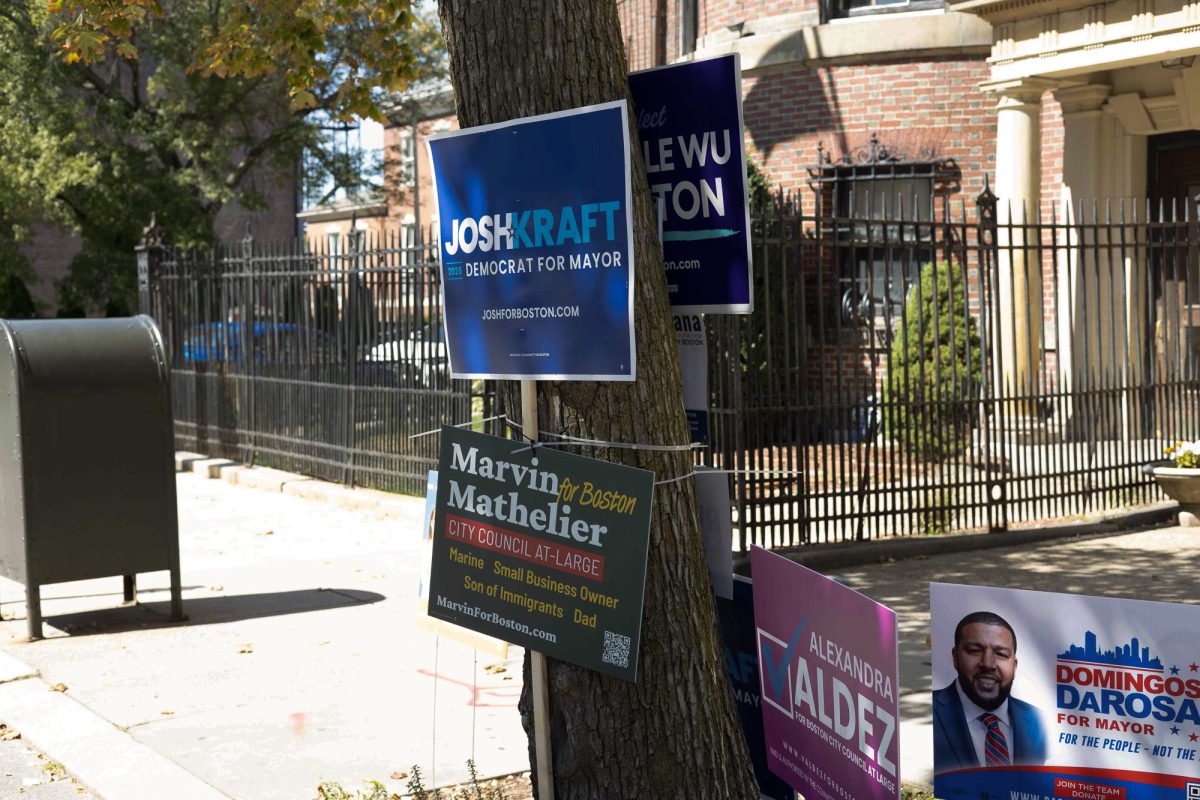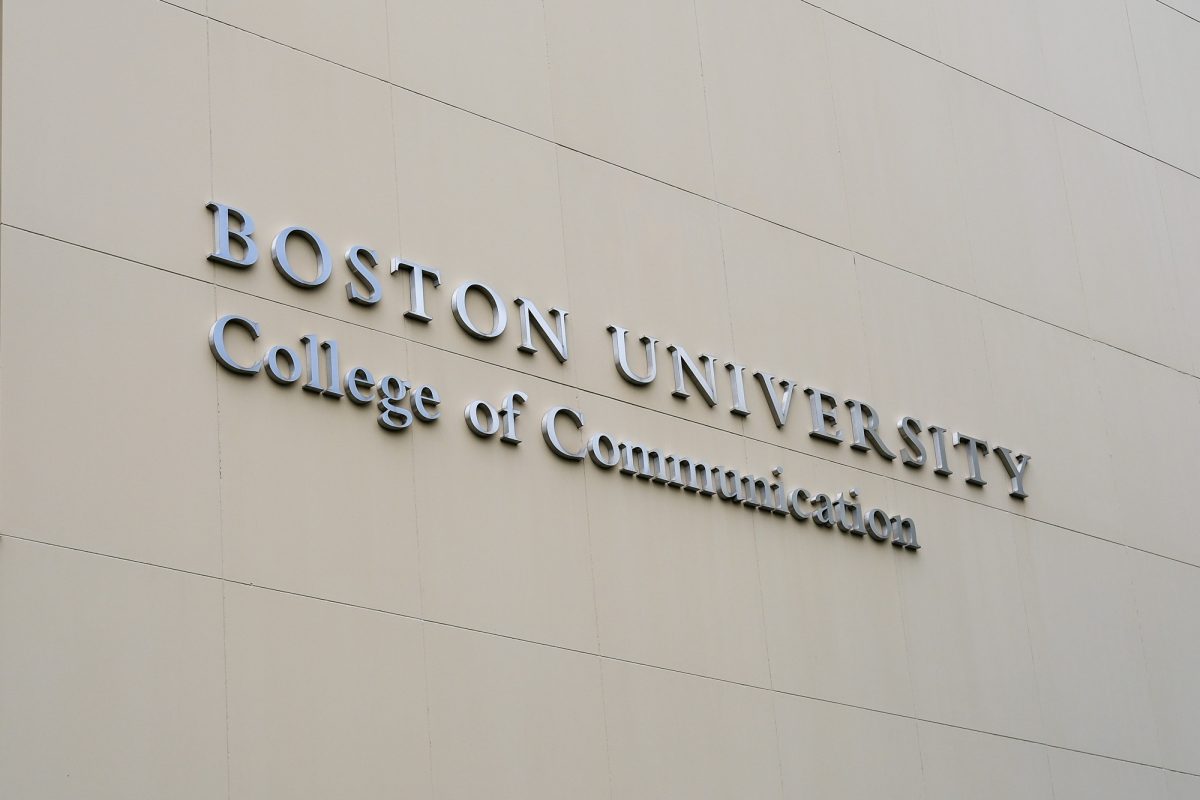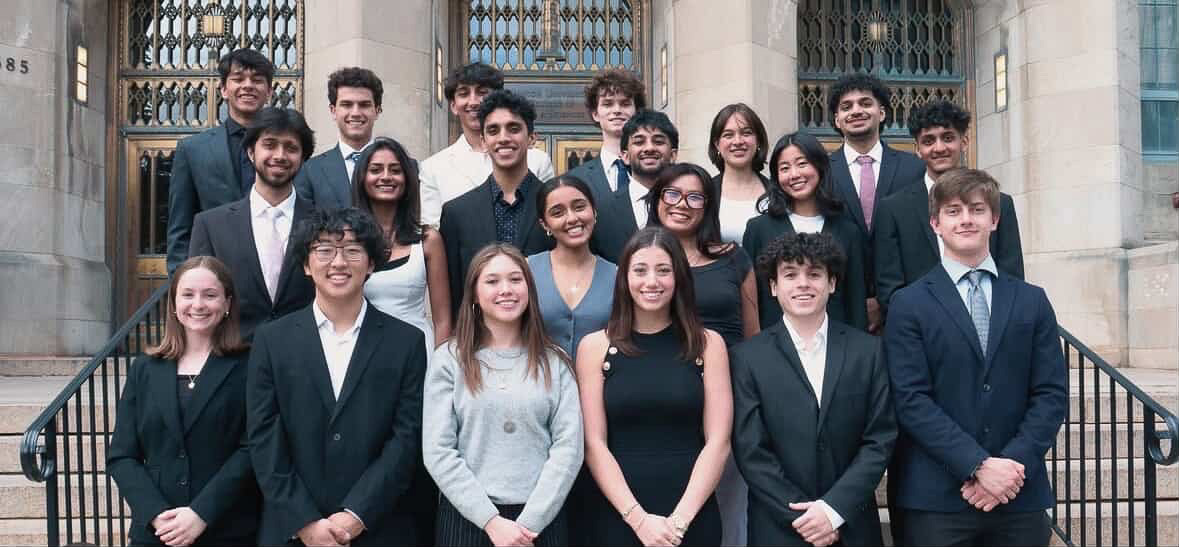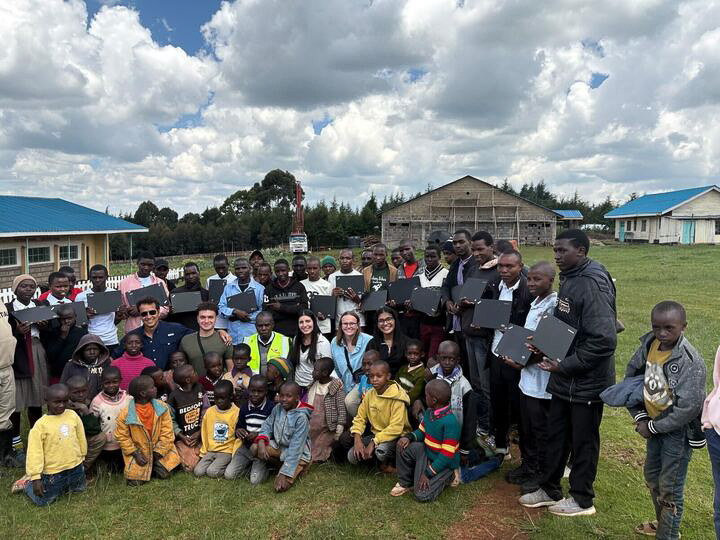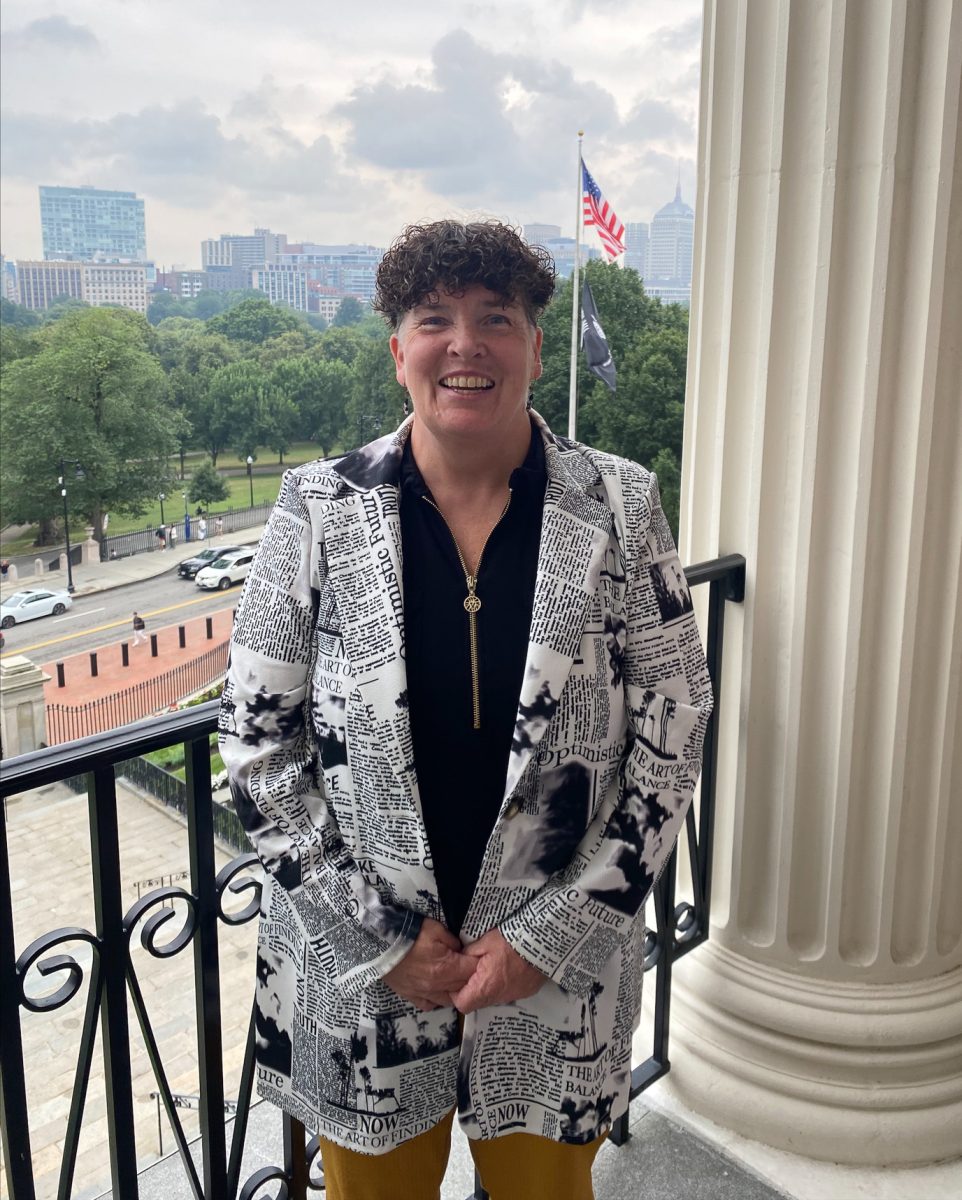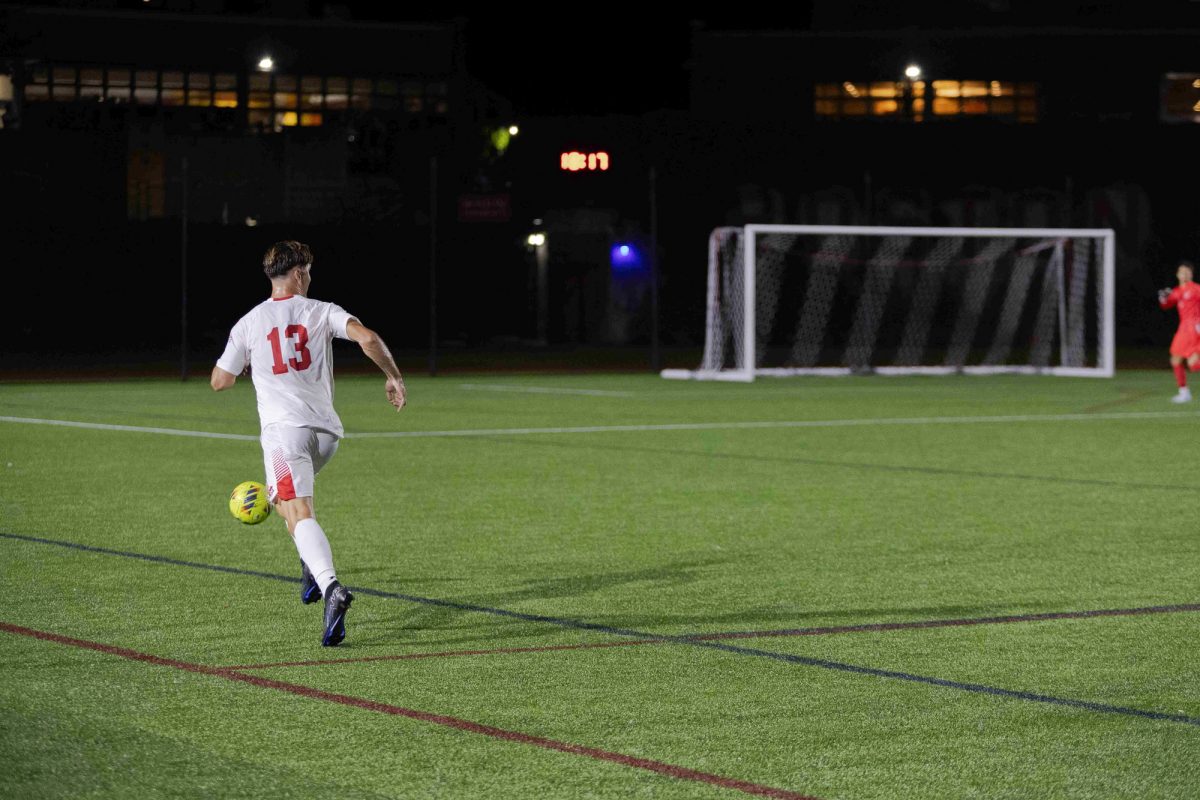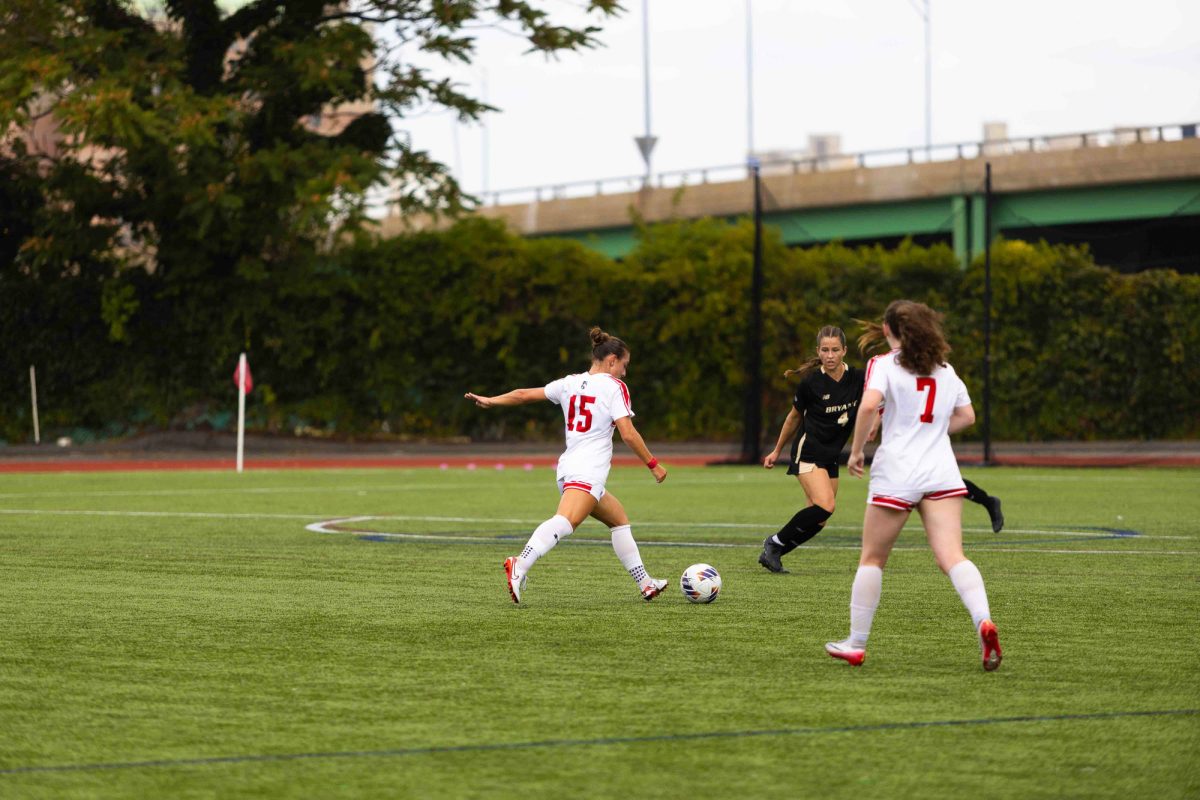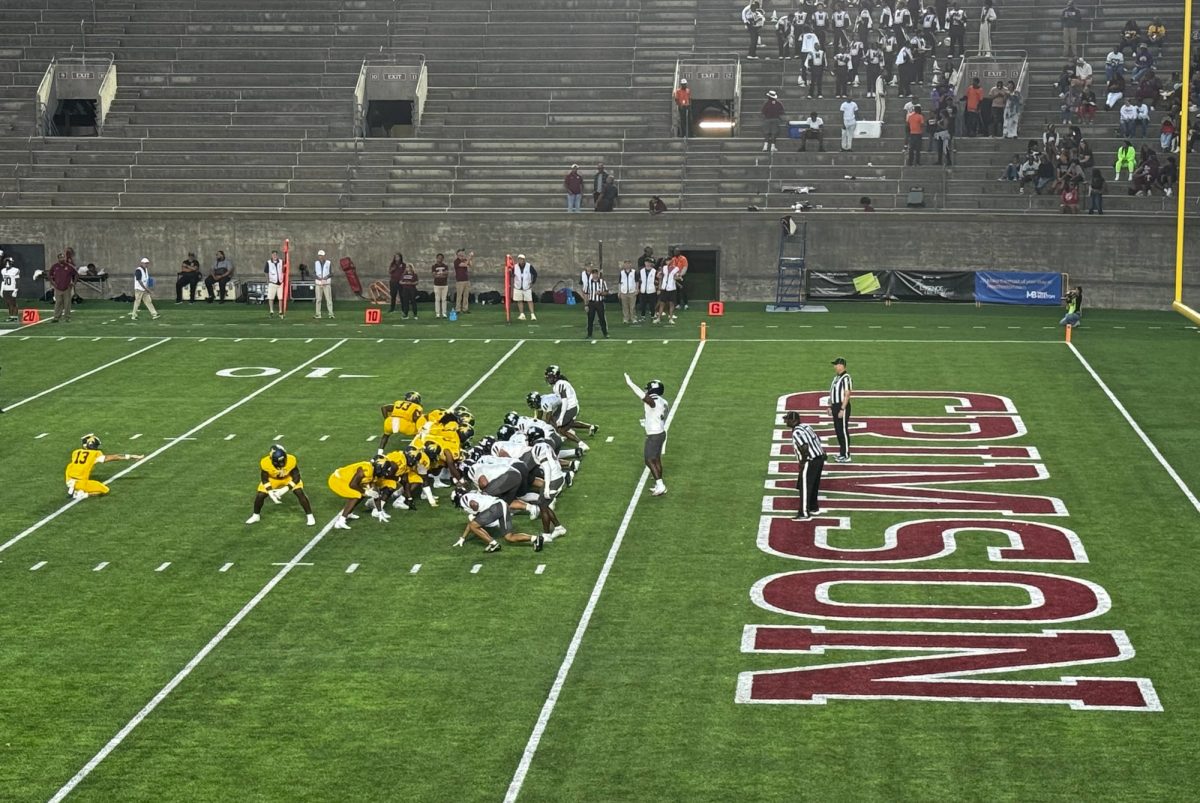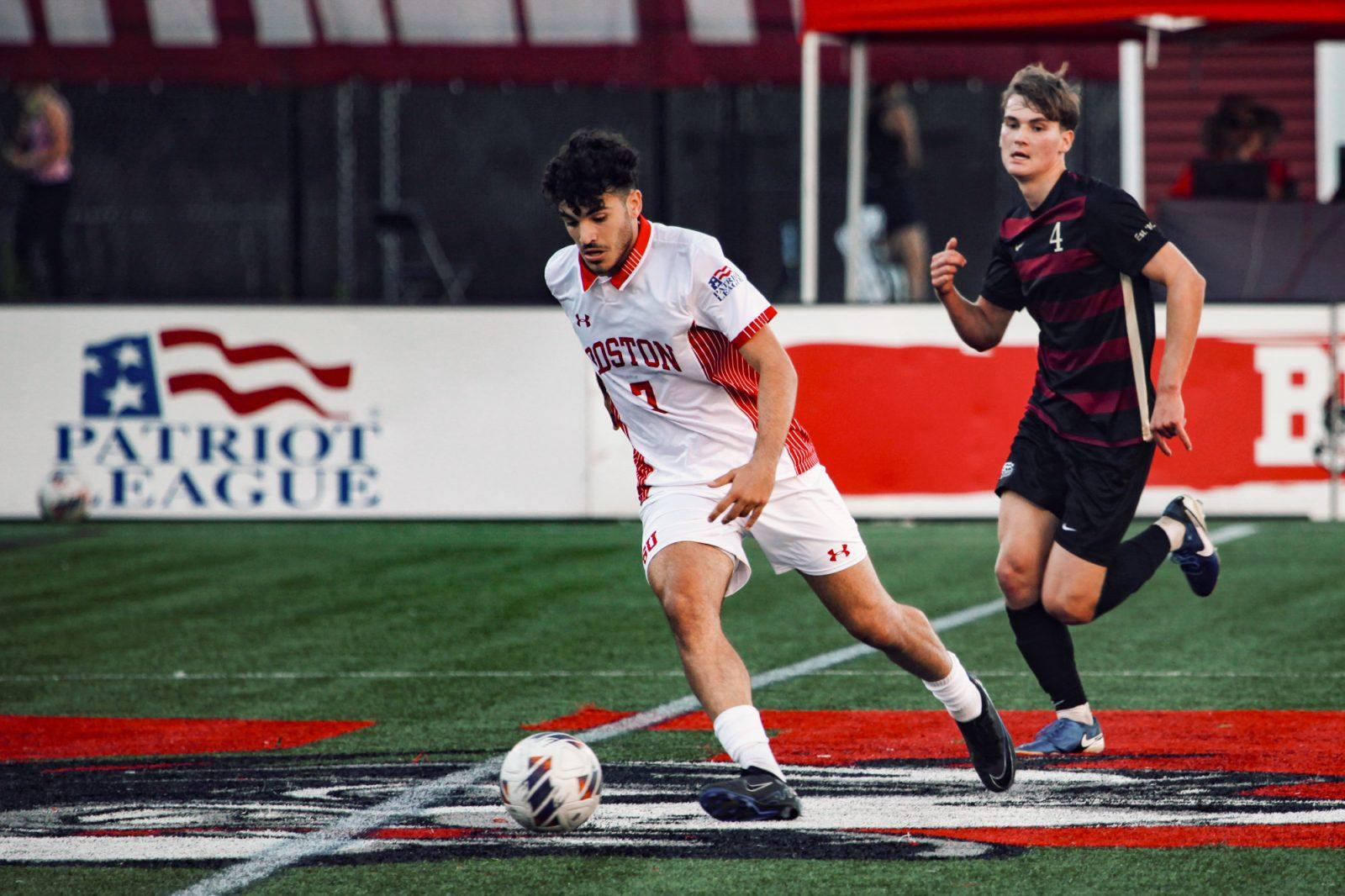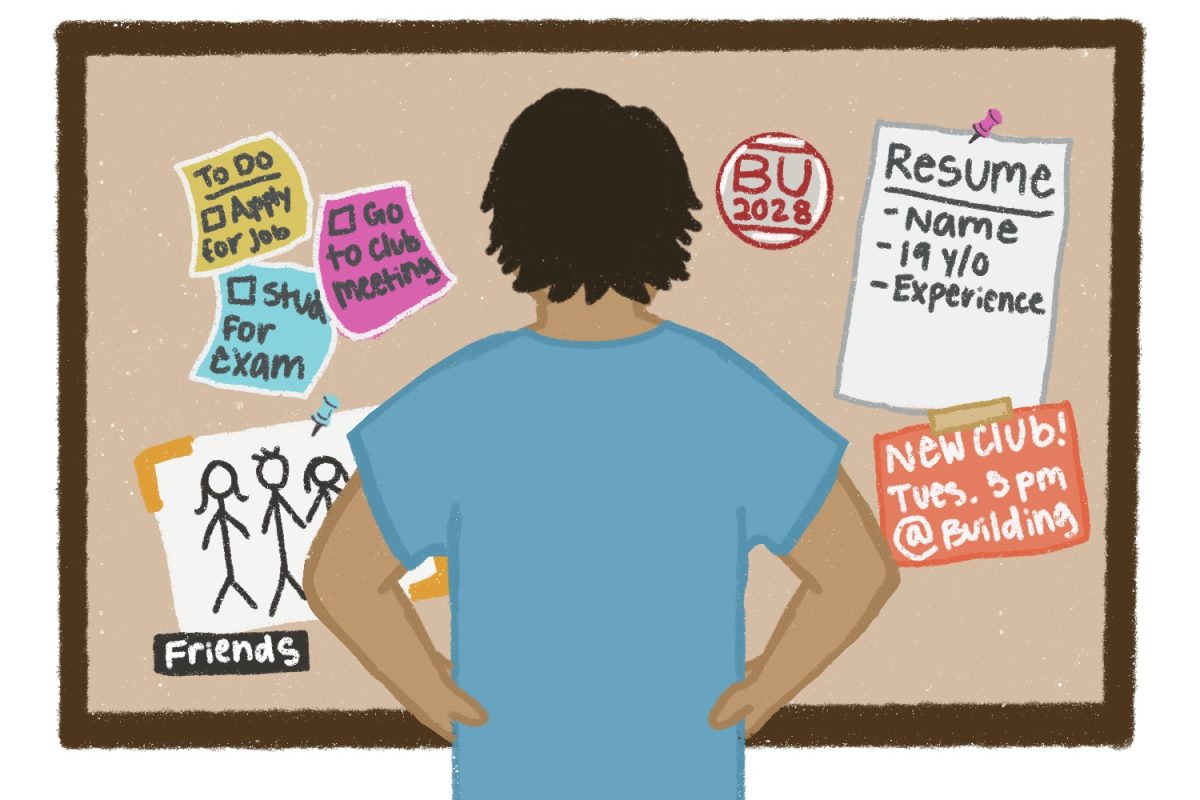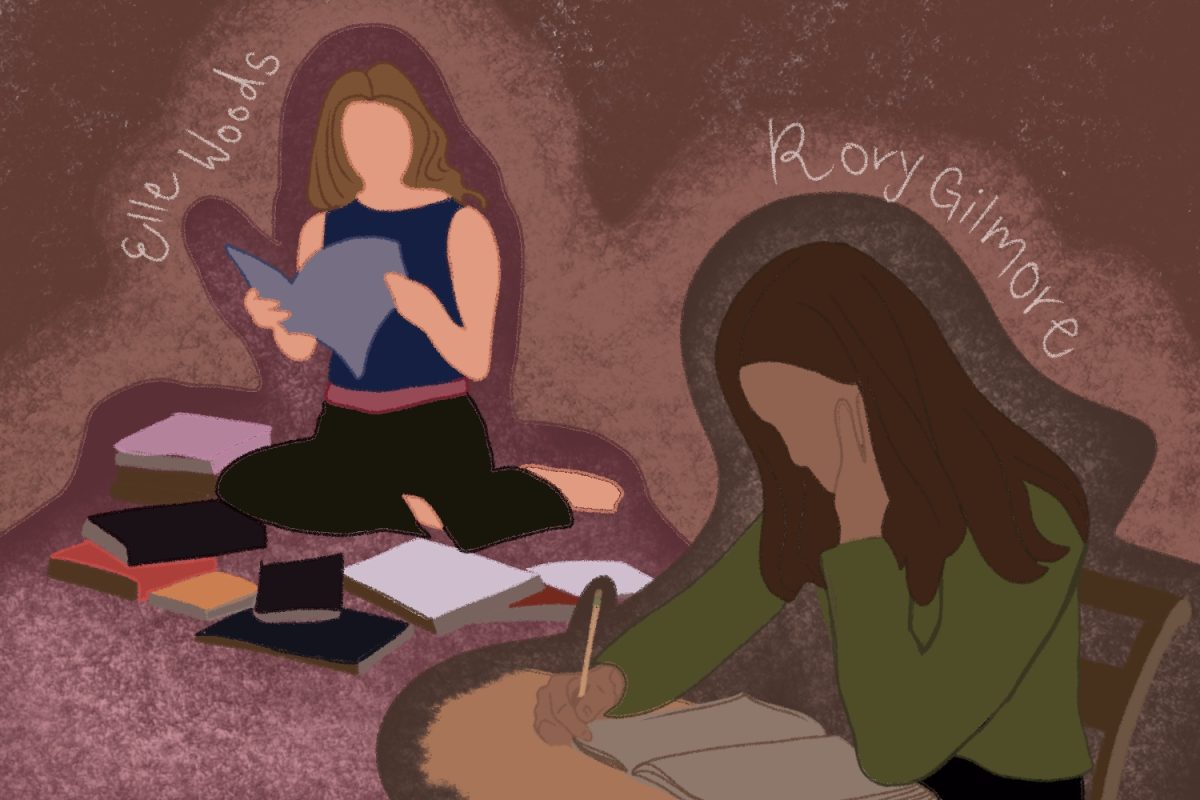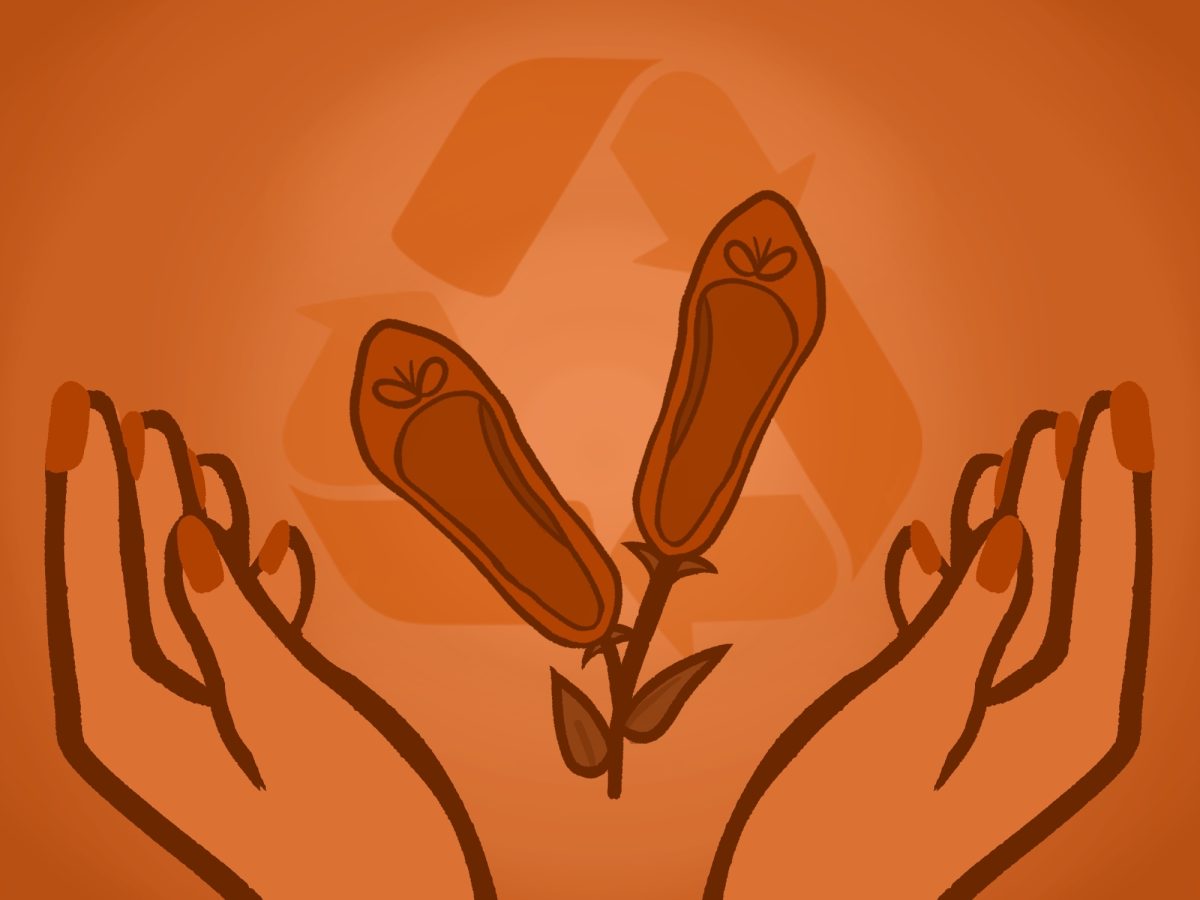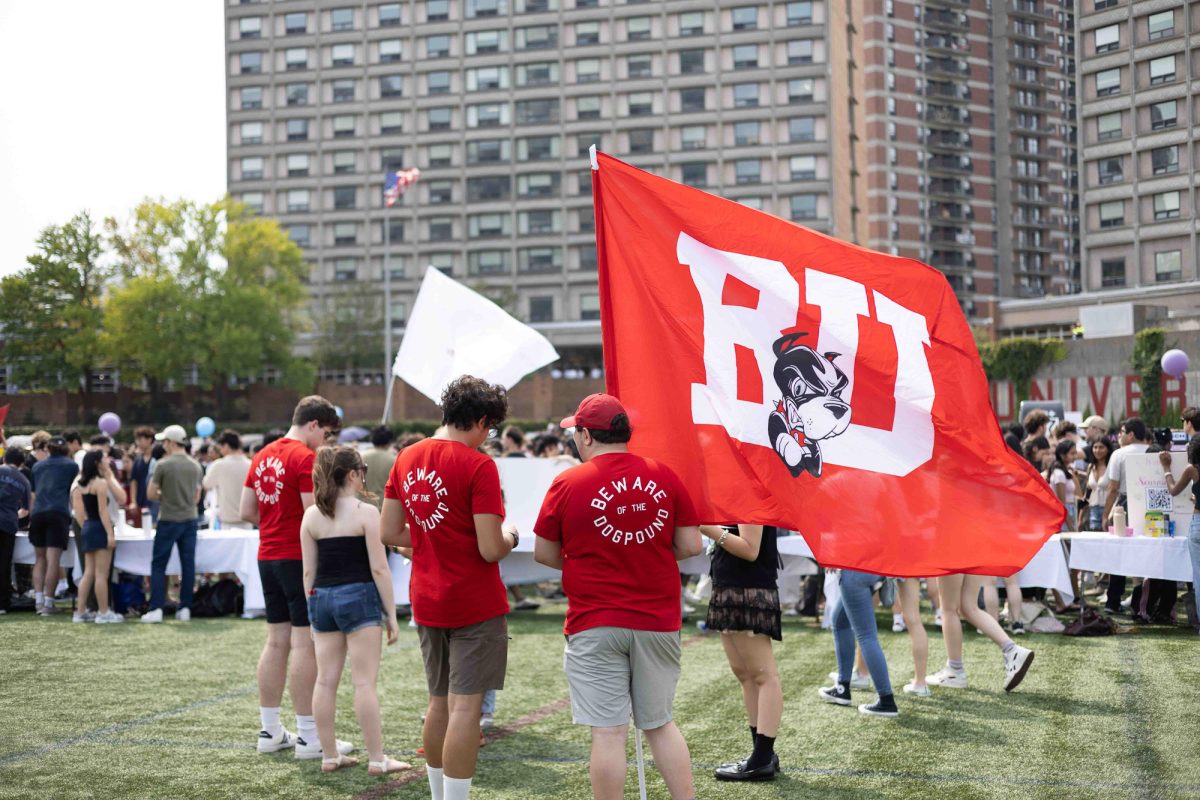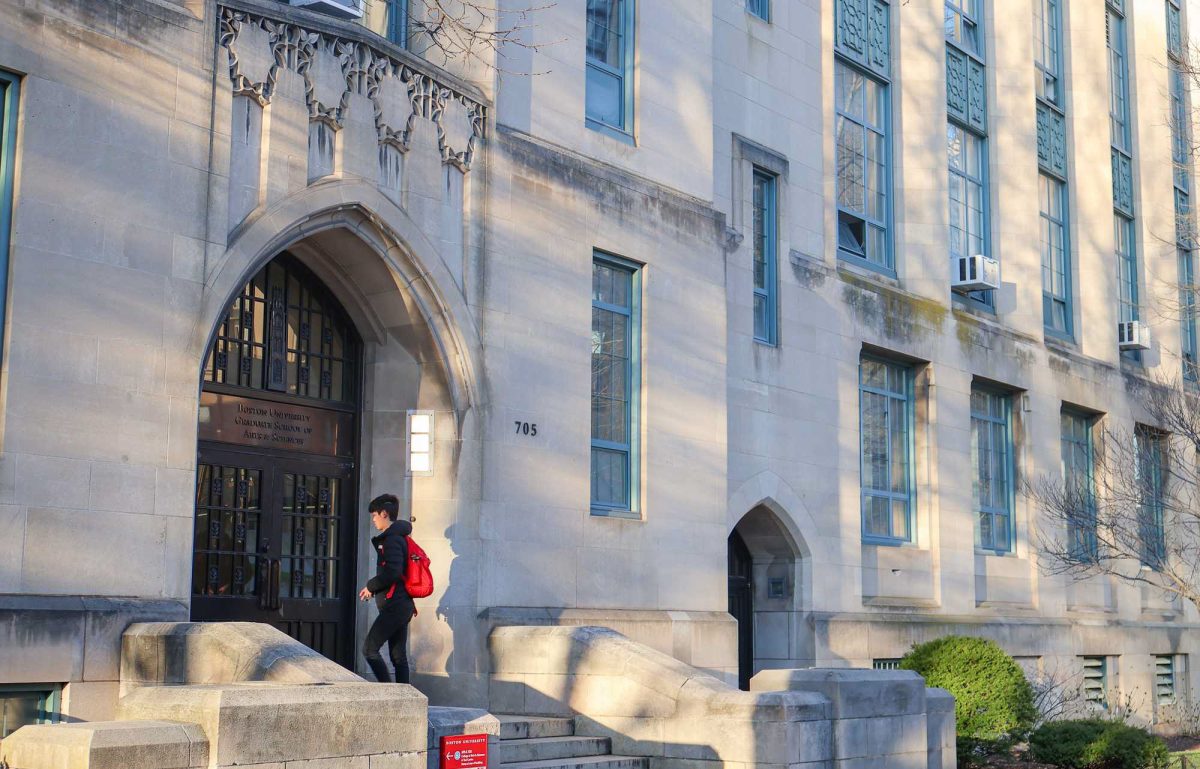Boston University environmental groups said they will focus on getting more students involved in sustainability efforts on campus and making BU a greener campus.
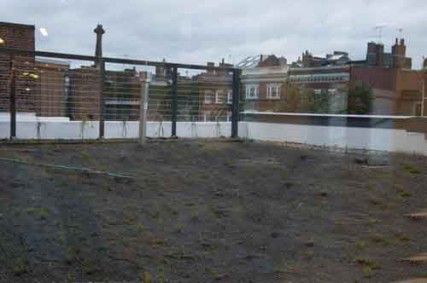
“I think the big goal for this year is really improving campus outreach,” said Dennis Carlberg, director of Sustainability@BU. “In order to do that, we have hired a full-time sustainability outreach coordinator.”
Carlberg said the outreach coordinator will have students offer their suggestions and ideas for sustainability efforts, which will make environmental projects easier.
“Her responsibility will be to really engage the campus community in a more significant way than we’ve been able to do so far,” he said. “We’d very much like to get input from students on how they think we can better engage them and make change on campus.”
Alivia Ashenfarb, director of environmental affairs for Student Government, said a coalition of BU environmental groups was formed to increase efficiency and productivity.
“The goals of the environmental coalition are to connect the different environmental groups on campus,” Ashenfarb, a College of Arts and Sciences junior, said. “By connecting them at a monthly potluck and through our monthly newsletters, people in one group can know what’s going on in another group.”
Groups can then share resources and offer input on ideas, she said.
“This year, our goal is to use the potluck as a space where students can propose different projects or campaigns that they want to start that everyone can help them with,” Ashenfarb said.
Caroline Thompson, associate director of environmental affairs for SG, said her department had been working on the coalition since last year.
“Last year in environmental affairs, we started the environmental coalition of connecting all the green groups on campus and helping them start collaborating and sharing ideas,” Thompson, a junior in CAS, said. “This year we really want to continue that momentum and to really start building strong environmentalism on campus.”
Ashenfarb said students have already mentioned concerns over lights always being on in the Photonics Center and the Fitness and Recreation Center, sprinkler systems being inefficient and compost.
“We’re going to have clear-cut scientific plans, but first we want to hear from students what we should start first,” she said. “For these projects it’s going to take time, but already we’re thinking about the lighting, we’re thinking about the sprinkler system.”
Thompson said environmental affairs is now able to move forward and focus on specific projects with student input and collaboration.
“Now we have the tools and the resources we need to start new projects,” she said.
Carlberg said Sustainability hopes to increase the number of Leadership in Energy and Environmental Design certified campus buildings.
LEED certification is a system for third-party identification of environmentally friendly buildings, according to the Sustainability website. It provides a framework for practical green solutions.
“[LEED certification], I think, is critical, because certified buildings as green buildings really takes the guesswork out of it and makes it clear with a nationally recognized program that we’re actually doing what we say we’re doing,” Carlberg said. “It holds our feet to the fire.”
Carlberg said Sustainability is working on getting the new Center for Student Services at 100 Bay State Road certified.
“We’re going through the process now to get that building LEED certified,” he said. “I will say it will probably be next semester before we know how we did.”
Carlberg said he wants to further reduce BU’s carbon footprint this year.
“Energy is fundamentally a critical component of our sustainability program, energy efficiency and climate action,” he said. “In other words, reducing our carbon footprint, primarily through energy efficiency projects and fuel conversion projects. So, we’ve been very aggressive in moving from oil to heating all our buildings on gas, which has a much lower carbon footprint.”
The Sustainability website states that the organization was able to reduce energy consumption by 6 percent despite a 12 percent campus growth since 2005.
Carlberg said he hopes to continue this progress.
“We’re making progress, that’s the good news,” he said. “The bad news is that we still have a long way to go, like anybody else. I don’t think we’re really unique in that.”

